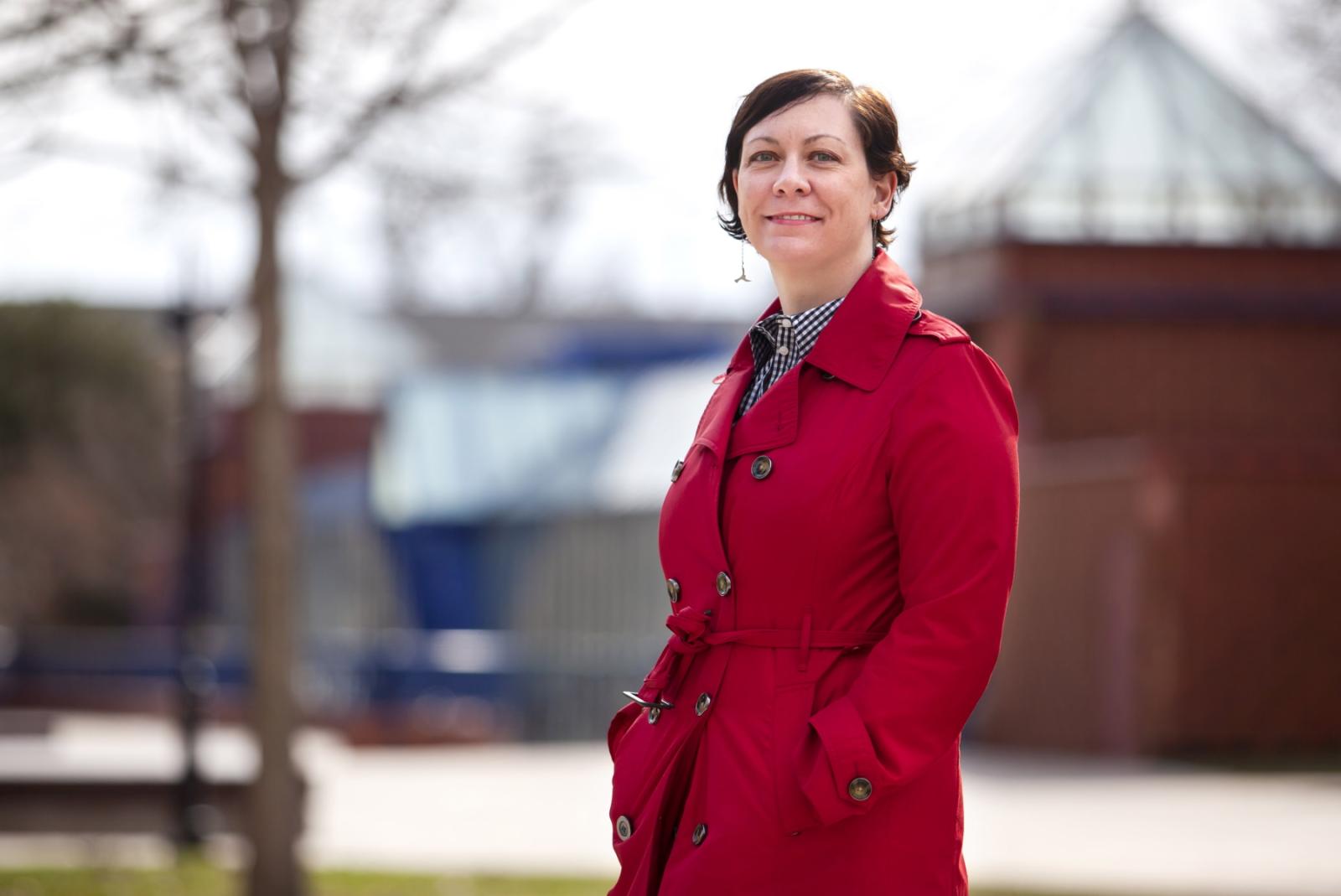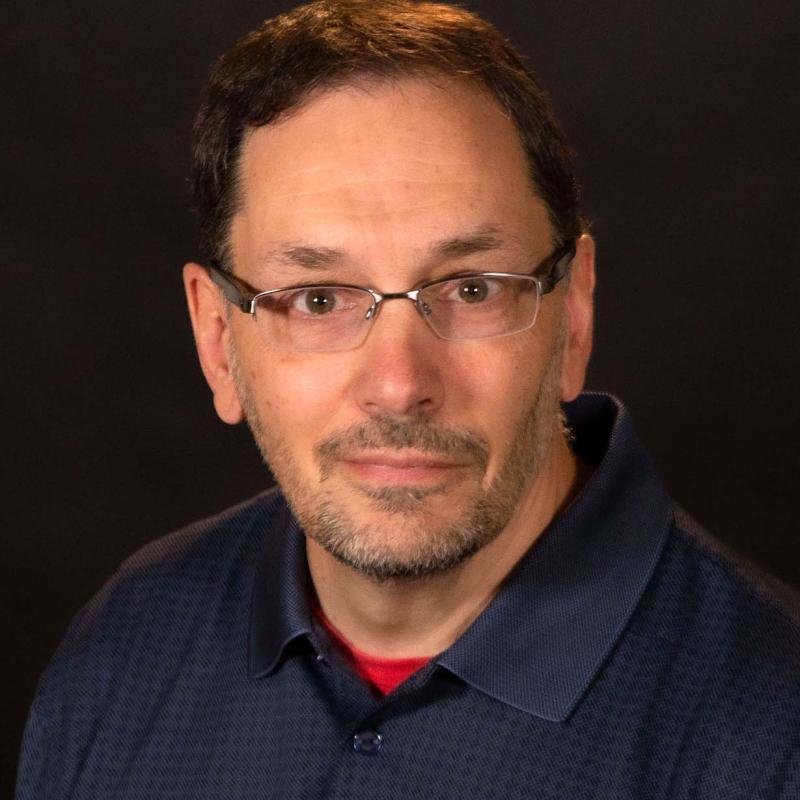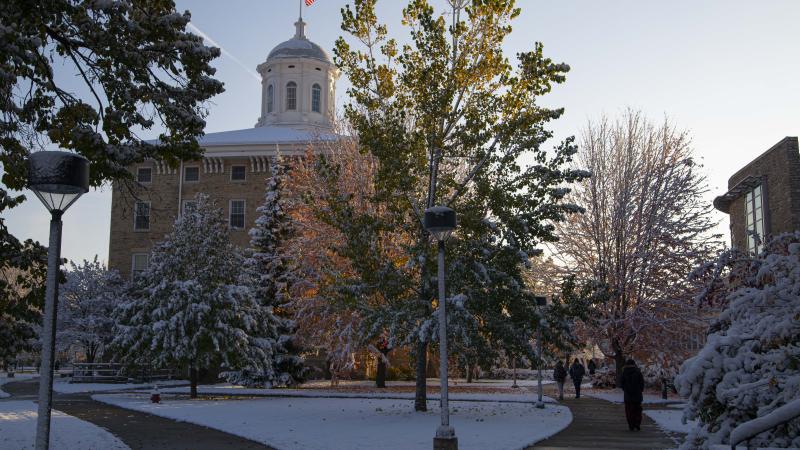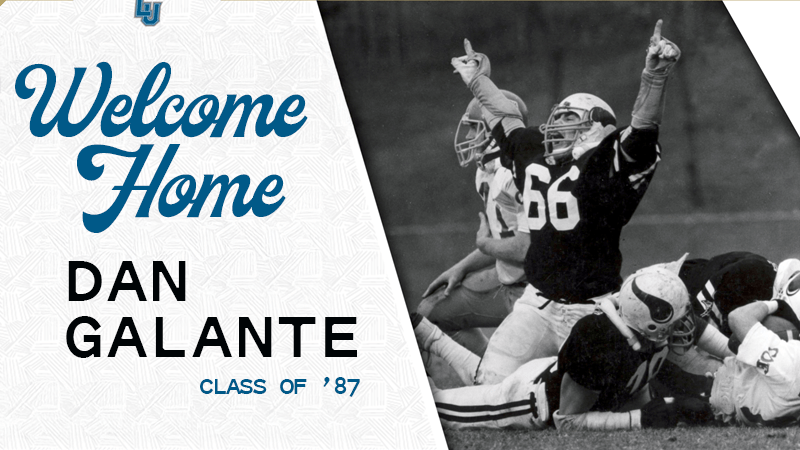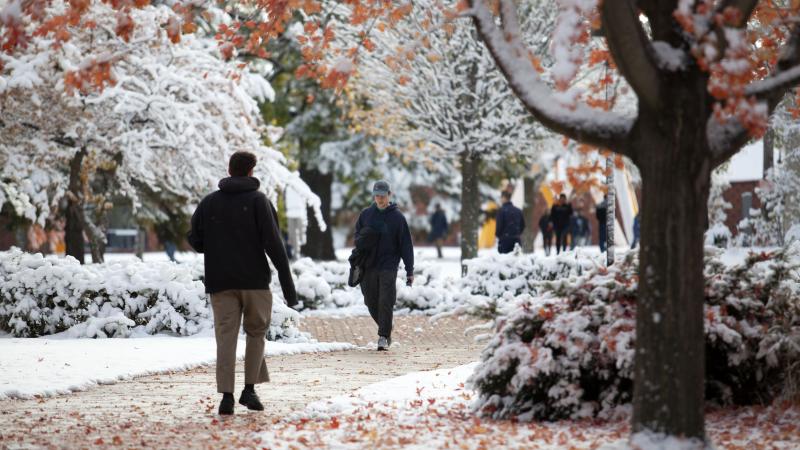About the series: On Main Hall Green With … is an opportunity to connect with faculty on things in and out of the classroom. We’re featuring a different Lawrence faculty member every two weeks — same questions, different answers.
---
Beth Zinsli ’02 is a focal point for visual arts at Lawrence University.
As an assistant professor of art history, she is an important voice in the classroom. But more people may know Zinsli for her role with the Wriston Art Center Galleries, where she serves as curator, leading the staff that prepares and presents the public art exhibitions and oversees the University’s art collection. She also serves as program director for the Museum Studies interdisciplinary area.
Zinsli joined Lawrence in 2013, 11 years after earning her bachelor’s degree in history as an LU undergrad. She went on to earn a master’s degree and Ph.D. in art history from the University of Wisconsin-Madison.
We caught up with Zinsli to talk about her work in the classroom and galleries and her interests away from campus.
In the classroom
Inside info: What’s one thing you want every student coming into your classes to know about you?
My goal in the classroom is to get to the questions that really matter, the questions that will push students to think and engage more deeply with an idea. I don’t have all the answers; I want to work through the important questions with students. Learning to ask those sorts of questions is hard but it’s part of the joy of intellectual work. In the spring 2020 term, the added challenge is doing this at a physical and temporal distance from students, but in our current context, shared intellectual engagement and joy feels more important than ever.
Getting energized: What work have you done or will you be doing at Lawrence that gets you the most excited?
I was excited and honored to help bring Matika Wilbur (Swinomish and Tulalip) to campus to install the “Indigenize Education” mural with students and give a convocation last spring. It was thrilling to see the positive reactions to the mural and her powerful talk. Public art is a vital form of representation that can compel important conversations – the “Indigenize Education” mural started the conversations we need to keep having as a campus. There’s more to come.
Going places: Is there an example of somewhere your career has taken you (either a physical space or something more intellectual, emotional or spiritual) that took you by surprise?
I got to travel to Havana twice for dissertation research in graduate school. There is no way I could have fully prepared for the experience or for the surprising, profound conversations I had with Cuban artists, curators, and other folks while I was there.
Out of the classroom
This or that: If you weren’t teaching for a living, what would you be doing?
Definitely something with food – chef, restaurant critic, food stylist, culinary historian. Cooking and baking are my creative outlets and I think about recipes and ingredients all the time. I have around 130 cookbooks, from a well-used copy of The Joy of Cooking to NOMA by Danish chef René Redzepi.
Right at home: Whether for work, relaxation or reflection, what’s your favorite spot on campus?
The art galleries, of course. I am biased, but they are usually peaceful and there is always something interesting to look at. There’s also a windowsill seat by the back gallery that looks out on the walkway between Memorial Hall and Wriston; if I need a break it’s the perfect spot to people-watch for a few minutes.
One book, one recording, one film: Name one of each that speaks to your soul? Or you would recommend to a friend? Or both?
I picked up Florida, Lauren Groff’s recent book of short stories, on librarian Colette Lunday-Brautigam’s recommendation. I was in New York checking out some museum shows; when I took a break for lunch I pulled it out. I didn’t come up for air until a couple hours later. I finished it the next day and then immediately started reading it again from the beginning.
What’s that you asked about a recording? I couldn’t hear you over ROSALÍA’s El Mal querer, which I have been blasting on repeat for the past few months. Her voice and stylistic versatility are totally energizing.
I find Chantal Ackerman’s film, Jeanne Dielman, 23 Commerce Quay, 1080 Brussels, fascinating. It’s 201 minutes long and focused on a single woman’s seemingly mundane daily routines. She literally makes a meal in real time on screen. I’m interested in boredom and how we react to disruptions in our habits, two big themes in this film – so maybe it’s not for everyone, especially as we all cope with those very things – but it’s definitely on my safer-at-home screening list.
